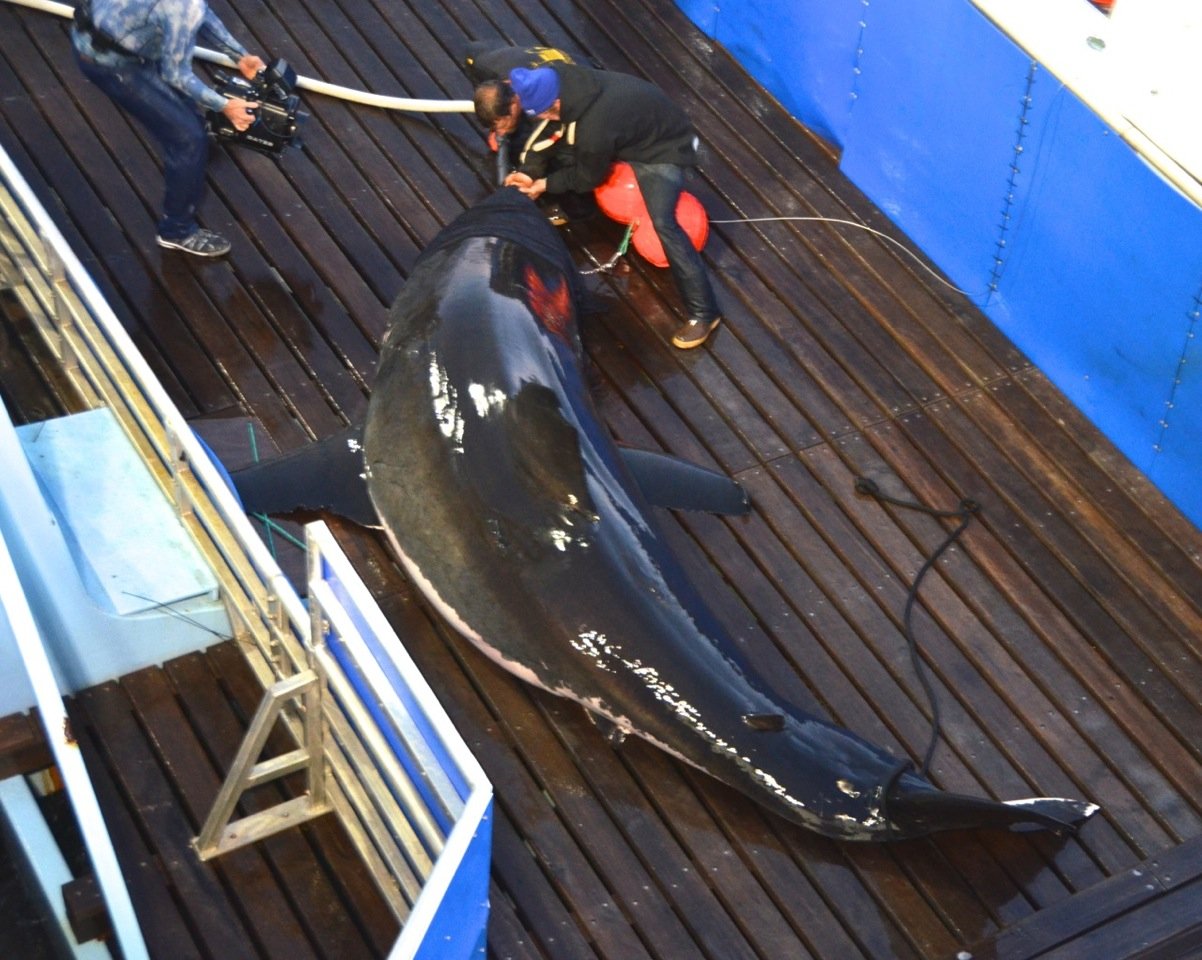
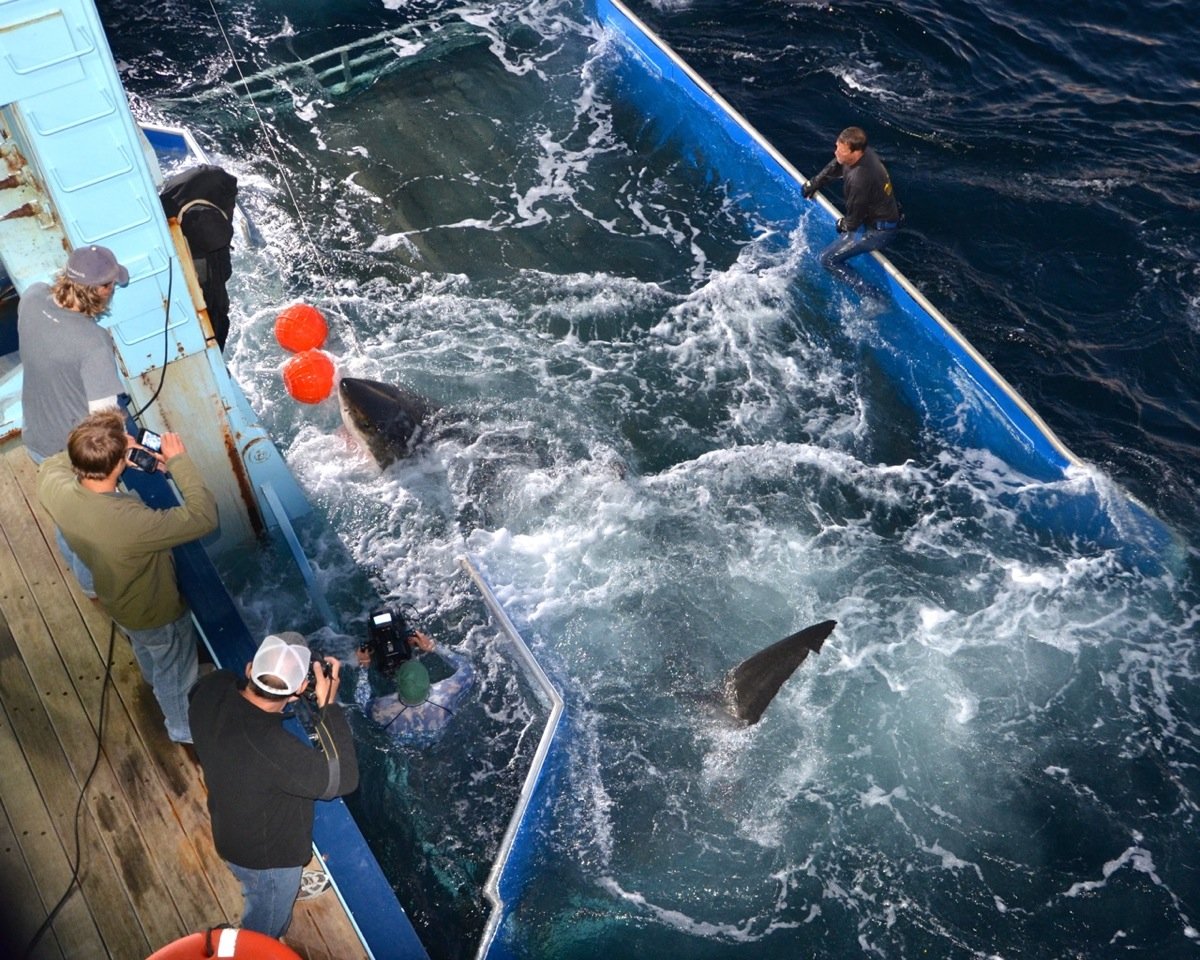
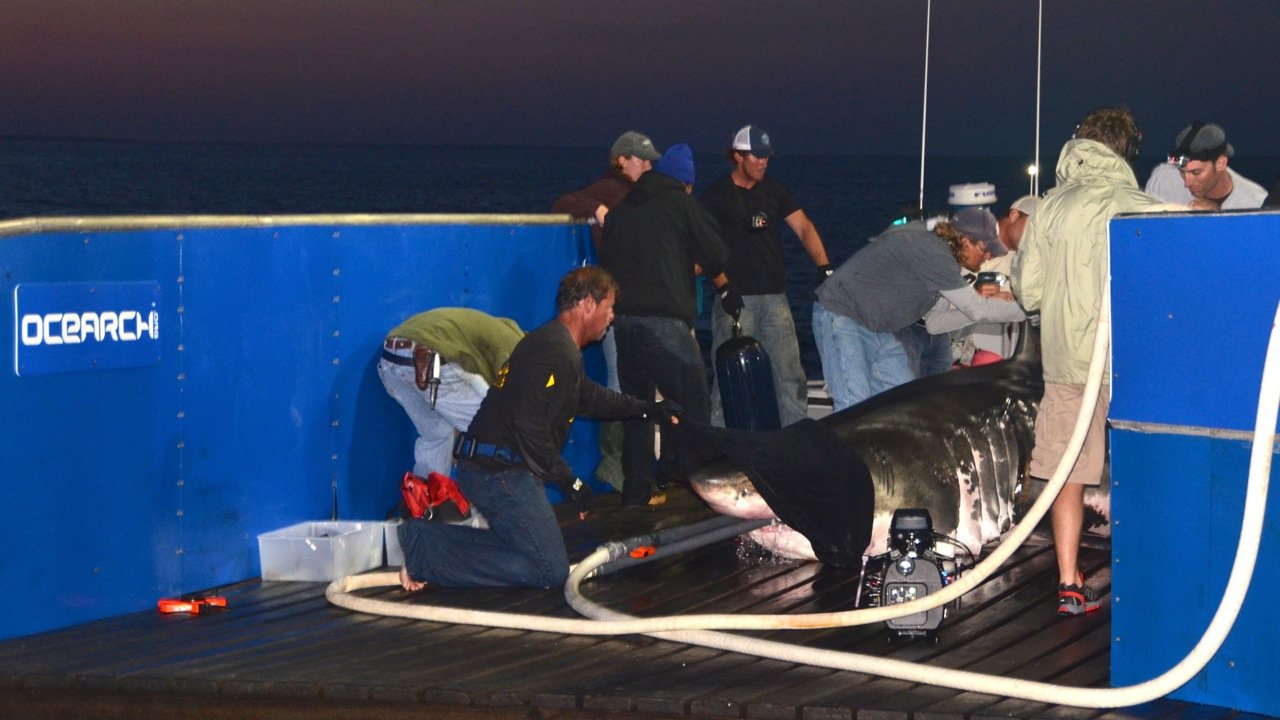
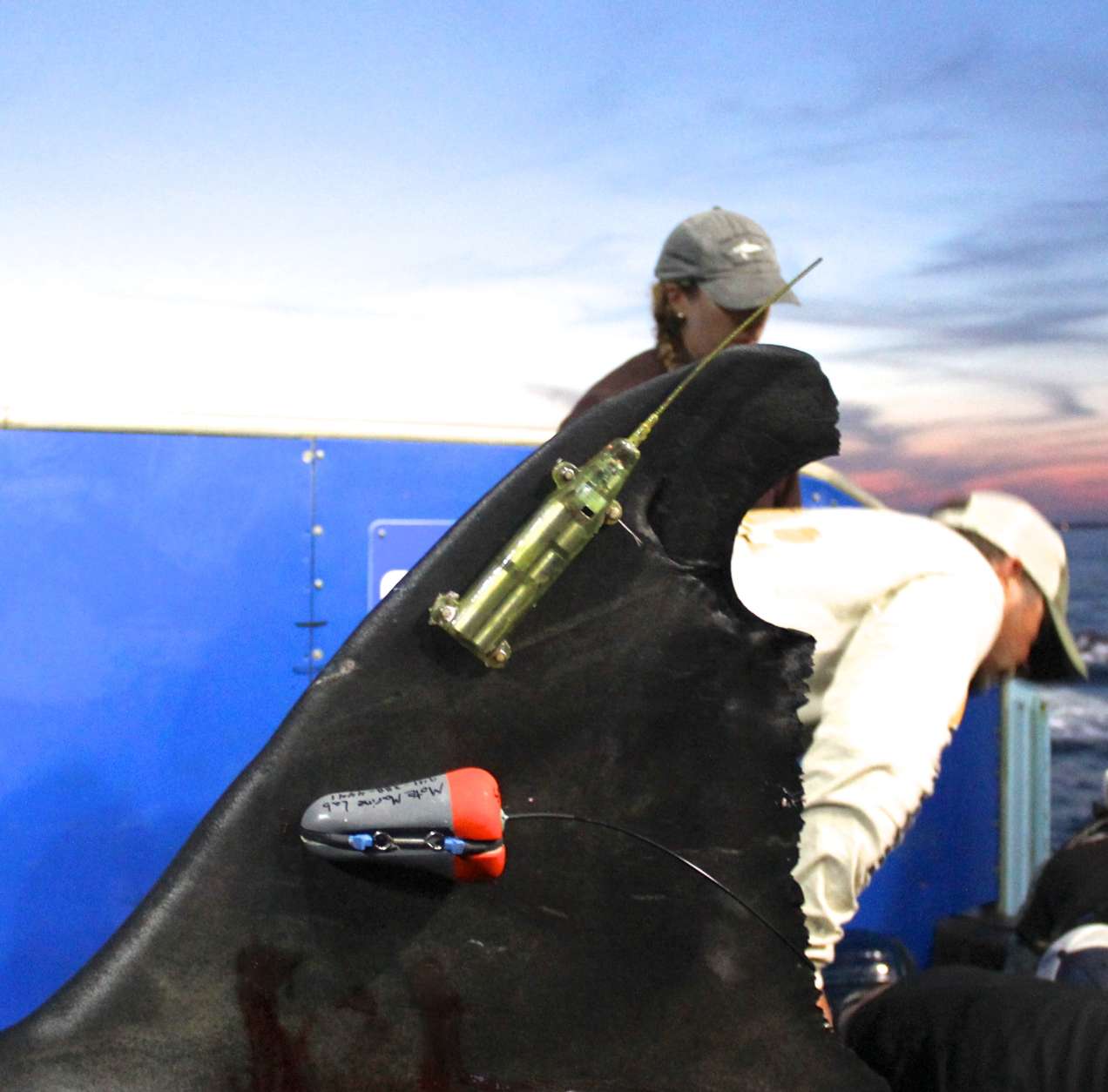
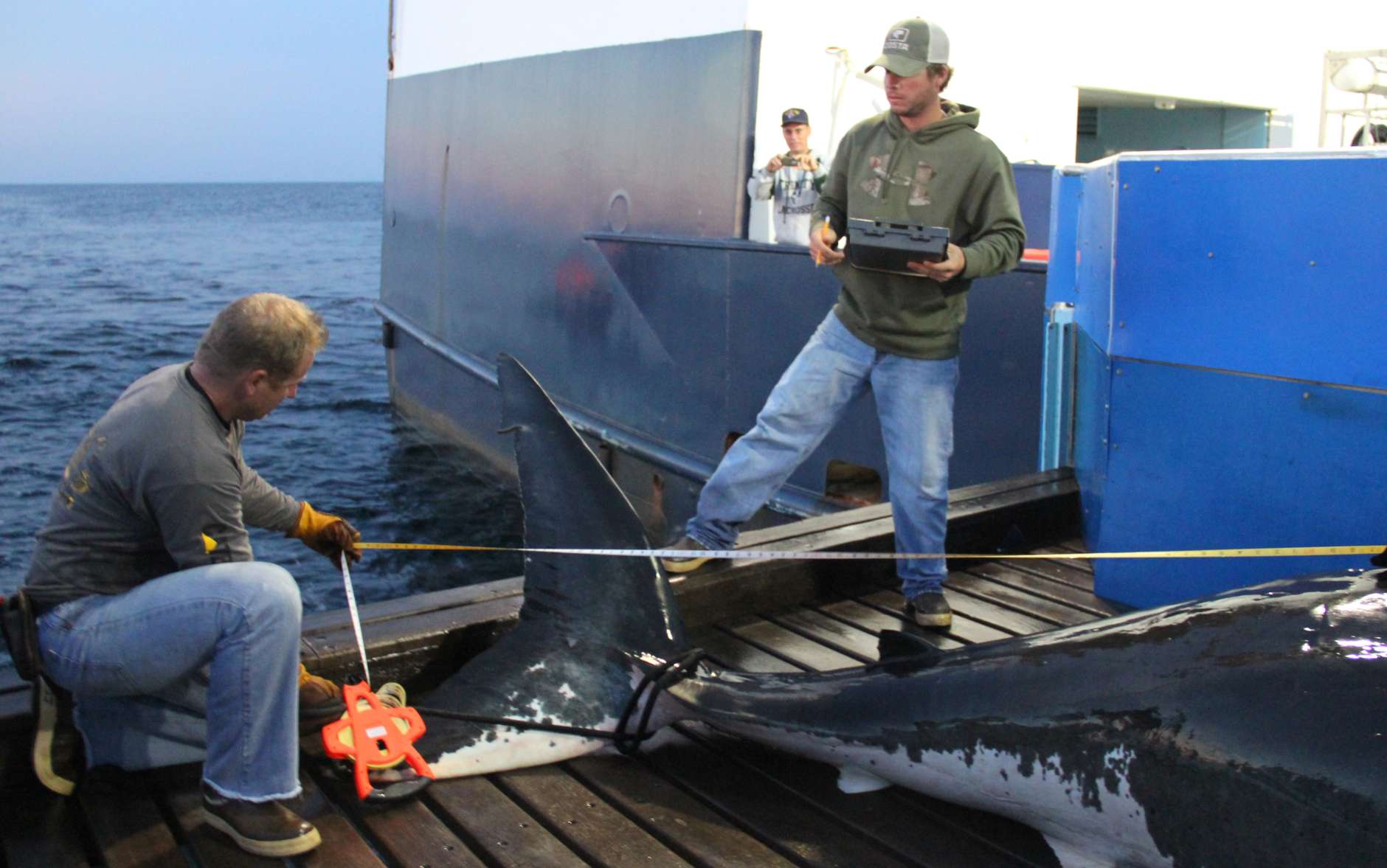
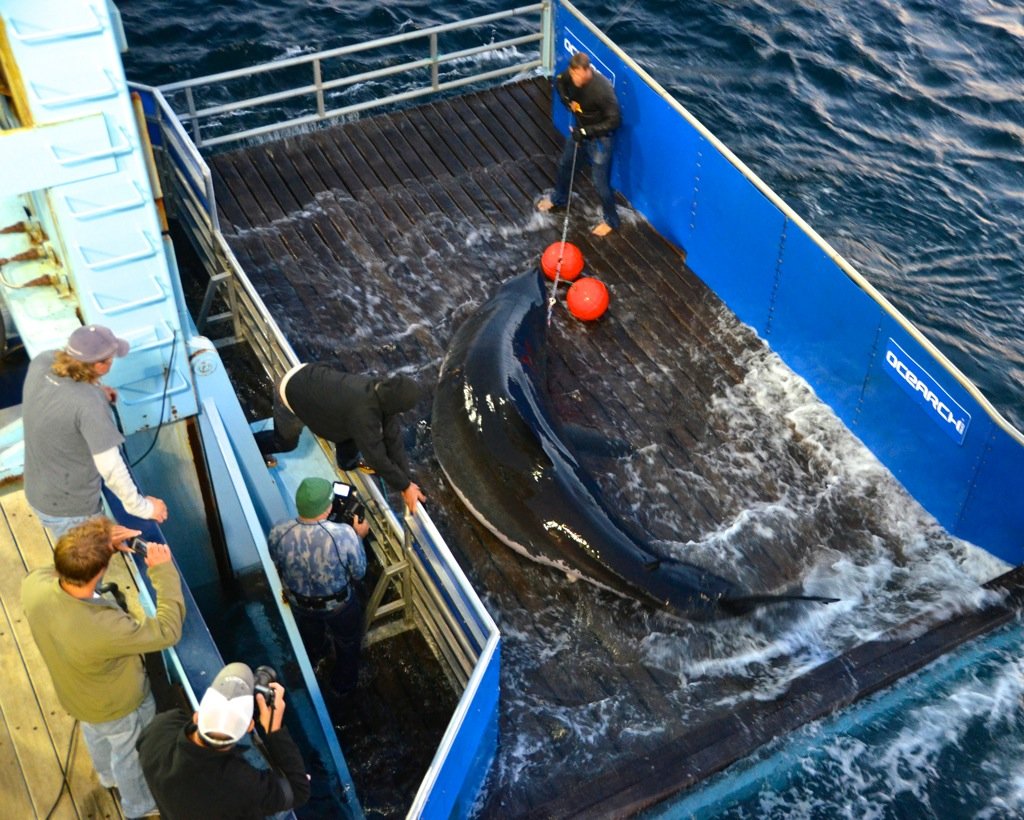
That's what 40,249 miles traveled since Sept. 17, 2012, looks like on the @OCEARCH Global Shark Tracker. -;() #ping pic.twitter.com/VKxMqczsTd
— Mary Lee the shark (@MaryLeeShark) May 12, 2017
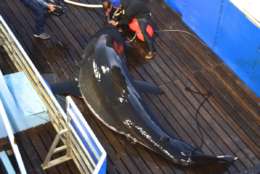
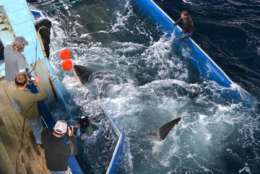
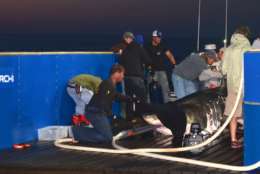
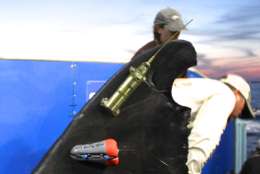
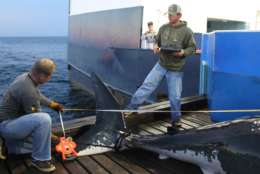
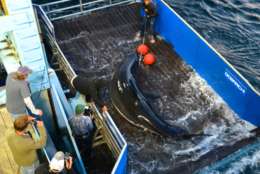
WASHINGTON — A massive great white shark is being tracked in waters off the Virginia and Maryland coasts.
Mary Lee is longer than some cars, at 16 feet, and weighs 4,000 pounds. She passed by the mouth of Chesapeake Bay Friday morning.
“It’s likely she’s northbound, maybe going to look for a mate,” said Chris Fischer, OCEARCH founding chairman and expedition leader. “In the fall, [she’s expected to arrive] off Cape Cod and Nantucket.”
Mary Lee is among numbers of sharks being tracked electronically by OCEARCH.
Learning about sharks well enough to help them survive and thrive will balance the ecosystem, Fischer said, to ensure that there is an abundance of fish for generations to come.
“When we lose these large sharks and open ocean sharks, the second tier of the food chain explodes and wipes out all the baby fish we need to grow up for us to eat.”
Shark populations are being managed well here, Fischer said. But outside the United States, hundreds of thousands of sharks are killed a day for their fins, which are used to make soup.
You can follow OCEARCH-tagged sharks in near-real time, by using the free online Global Shark Tracker, by downloading the Global Shark Tracker app, or by following OCEARCH on Facebook, Twitter, Instagram or YouTube.








